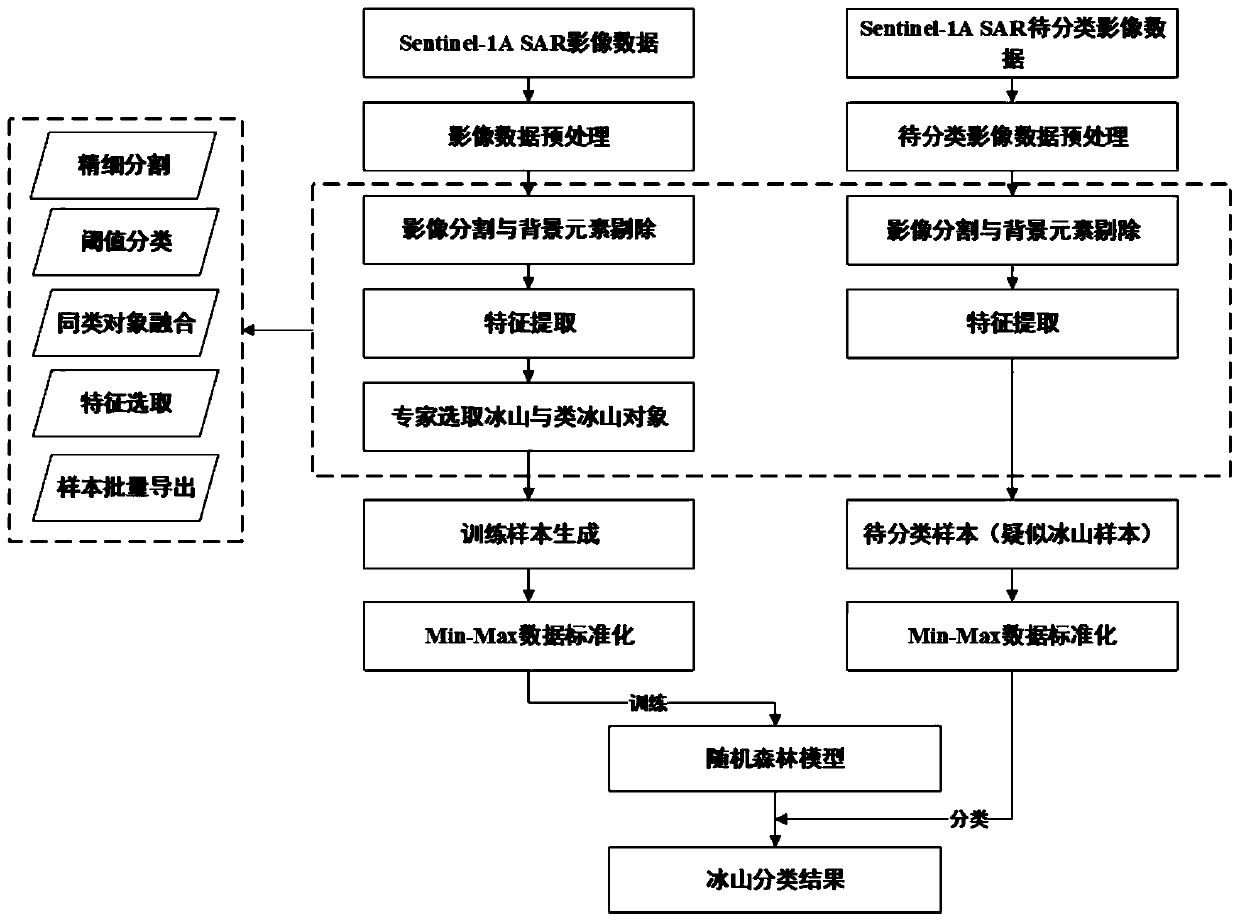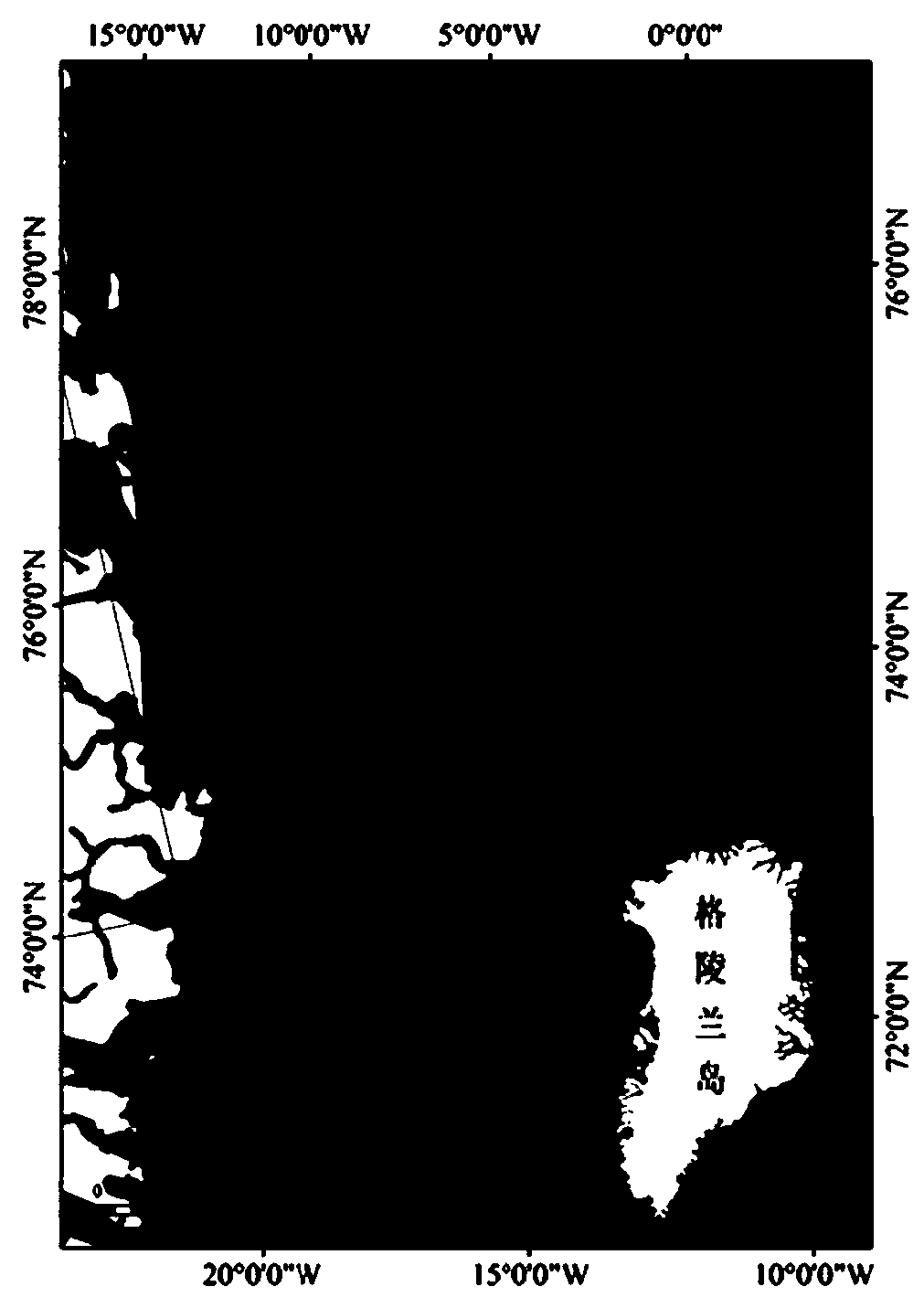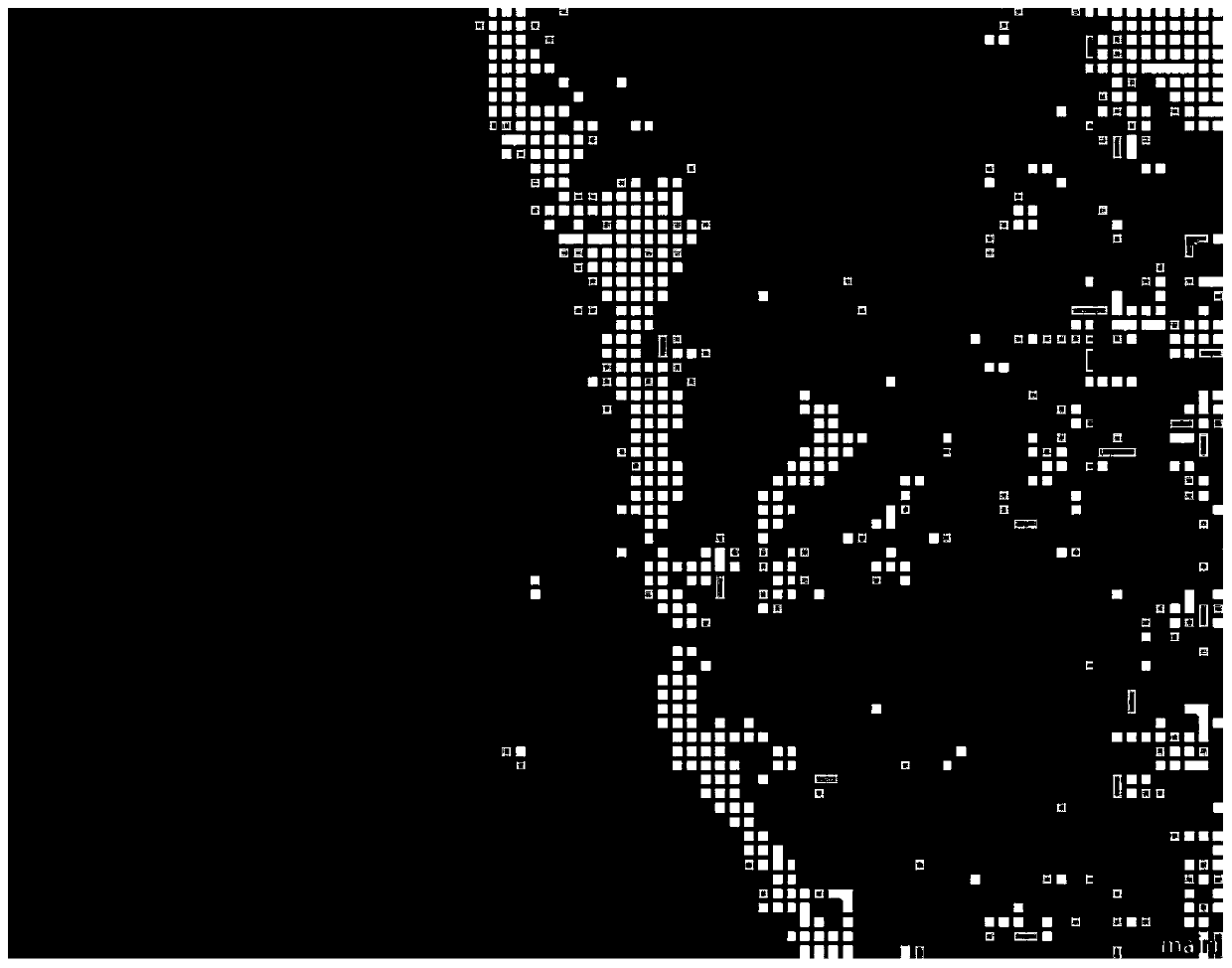Iceberg remote sensing recognition method based on random forest
A technology of remote sensing identification and random forest, applied in the field of remote sensing applications, can solve the problem of difficulty in distinguishing the two, and achieve the effects of less manual participation, improved recognition speed, and simple and easy execution steps.
- Summary
- Abstract
- Description
- Claims
- Application Information
AI Technical Summary
Problems solved by technology
Method used
Image
Examples
Embodiment Construction
[0028] The present invention will be described in detail below according to the accompanying drawings, so as to make the technical route and operation steps of the present invention clearer. The image data used in the example of the present invention is the EW GRD (ultra-wide mode) first-level image of the Sentinel-1A satellite after geometric correction and other processing, and adopts the HH polarization mode. The sample data was acquired on September 30, 2017, and the geographic coordinates of the image center are N75°, W17°, located on the east coast of Greenland.
[0029] figure 1 It is a flow chart of the iceberg remote sensing identification method based on random forest, and the specific steps are as follows:
[0030] The first step is to prepare training data and data to be classified, including the following aspects:
[0031] 1a. Download the Sentinel-1A EW GRD (ultra-wide mode) first-level SAR image in the same period as the data to be classified as an example tra...
PUM
 Login to View More
Login to View More Abstract
Description
Claims
Application Information
 Login to View More
Login to View More - R&D
- Intellectual Property
- Life Sciences
- Materials
- Tech Scout
- Unparalleled Data Quality
- Higher Quality Content
- 60% Fewer Hallucinations
Browse by: Latest US Patents, China's latest patents, Technical Efficacy Thesaurus, Application Domain, Technology Topic, Popular Technical Reports.
© 2025 PatSnap. All rights reserved.Legal|Privacy policy|Modern Slavery Act Transparency Statement|Sitemap|About US| Contact US: help@patsnap.com



